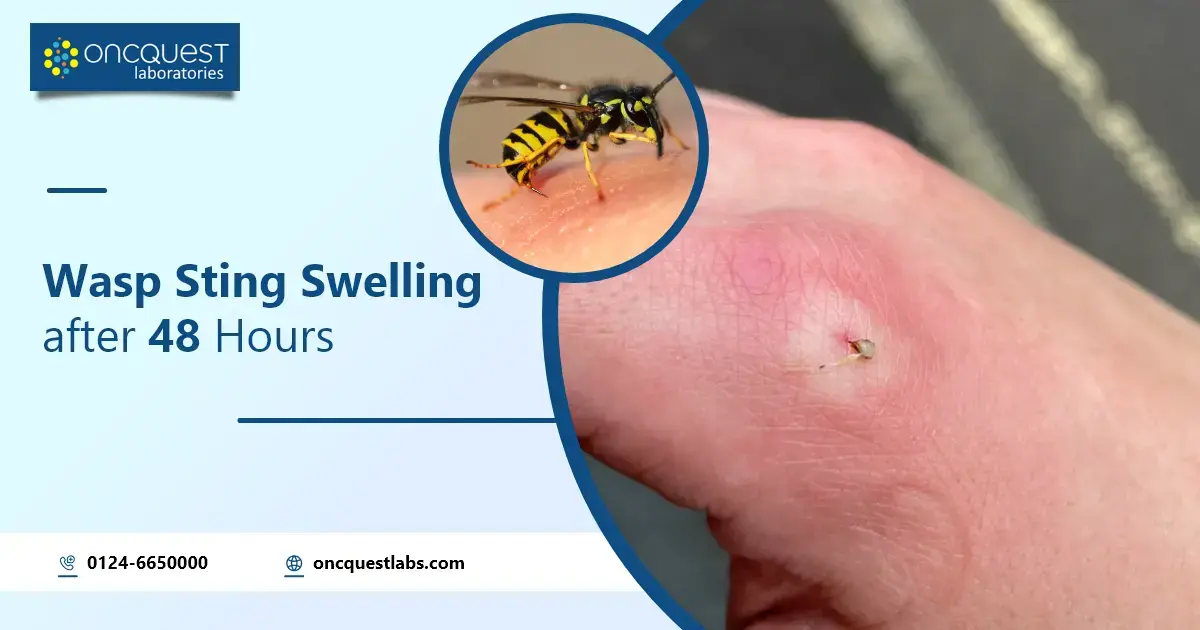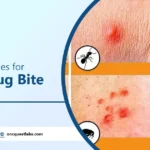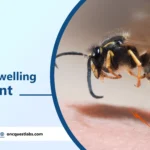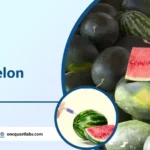Wasp stings are not only painful but can also lead to significant swelling, especially in the first 48 hours post-sting. Understanding the reasons behind this swelling and how to manage it effectively is crucial for anyone who has encountered a wasp sting. In this guide, we delve deep into the mechanisms of wasp sting swelling after 48 hours, offering insights and practical tips for relief.
Contents
- 1 What Causes Wasp Sting Swelling?
- 2 The Role of Histamines
- 3 Understanding the 48-Hour Window
- 4 Treatments of Wasp Sting Swelling After 48 Hours
- 5 When to Seek Medical Attention
- 6 Conclusion
- 7 FAQs About Wasp Sting Swelling After 48 Hours
- 7.1 Why does swelling occur after a wasp sting, particularly within the first 48 hours?
- 7.2 How long does swelling typically last after a wasp sting?
- 7.3 What can I do to reduce swelling after a wasp sting?
- 7.4 When should I seek medical attention for wasp sting swelling?
- 7.5 Can wasp sting swelling be prevented?
What Causes Wasp Sting Swelling?
After a wasp sting, the body’s immune system kicks into high gear to defend against the foreign substance injected by the insect. This immune response triggers the release of histamines and other inflammatory substances, leading to swelling, redness, and discomfort at the site of the sting. The severity of the reaction can vary depending on individual sensitivity and the location of the sting.
The Role of Histamines
Histamines play a crucial role in the body’s immune response to allergens and injuries, including insect stings. When a wasp stings, it injects venom containing various proteins and toxins into the victim’s skin. In response, the body releases histamines to combat these foreign substances, leading to inflammation and swelling.
Understanding the 48-Hour Window
The first 48 hours after a wasp sting are critical, as this is when swelling and discomfort are typically at their peak. During this time, it’s essential to monitor the affected area closely and take appropriate measures to manage the swelling and alleviate symptoms.
Treatments of Wasp Sting Swelling After 48 Hours
1. Ice Packs
Applying ice packs to the affected area can help reduce swelling and alleviate pain. Wrap the ice pack in a cloth to prevent direct contact with the skin and apply it to the sting site for 10-15 minutes at a time.
2. Over-the-Counter Medications
Nonsteroidal anti-inflammatory drugs (NSAIDs) such as ibuprofen or acetaminophen can help reduce swelling and relieve pain associated with wasp stings. Follow the recommended dosage instructions on the medication packaging.
3. Elevation
Elevating the affected limb above heart level can help reduce swelling by promoting drainage of excess fluid from the sting site. Prop up the limb with pillows or cushions while resting.
4. Topical Remedies
Applying calamine lotion or hydrocortisone cream to the sting site can help soothe itching and reduce inflammation. Be sure to follow the instructions on the product label for safe and effective use.
5. Avoid Scratching
While it may be tempting to scratch the sting site to relieve itching, doing so can worsen inflammation and increase the risk of infection. Instead, try gently patting or tapping the area to alleviate itching.
When to Seek Medical Attention
While most cases of wasp sting swelling can be managed at home with over-the-counter remedies, certain situations may warrant medical attention. Seek prompt medical care if you experience:
- Difficulty breathing
- Swelling of the face, lips, or throat
- Dizziness or lightheadedness
- Nausea or vomiting
- Rapid heartbeat
- Signs of infection, such as increasing redness, warmth, or pus at the sting site
Conclusion
Understanding why wasp stings cause swelling after 48 hours and knowing how to manage this swelling effectively is essential for anyone who may encounter these stinging insects. By following the tips outlined in this guide, you can alleviate discomfort and promote faster healing. Remember to stay vigilant during the critical 48-hour window and seek medical attention if necessary.
FAQs About Wasp Sting Swelling After 48 Hours
Why does swelling occur after a wasp sting, particularly within the first 48 hours?
Swelling after a wasp sting is a result of the body’s immune response to the venom injected by the insect. Within the first 48 hours, histamines and other inflammatory substances are released, leading to swelling, redness, and discomfort at the sting site.
How long does swelling typically last after a wasp sting?
Swelling from a wasp sting usually peaks within the first 48 hours and gradually subsides over the following days. In most cases, swelling resolves completely within a week.
What can I do to reduce swelling after a wasp sting?
To reduce swelling after a wasp sting, you can apply ice packs to the affected area, take over-the-counter anti-inflammatory medications such as ibuprofen, elevate the affected limb, and apply topical remedies like calamine lotion or hydrocortisone cream.
When should I seek medical attention for wasp sting swelling?
Seek medical attention if you experience difficulty breathing, swelling of the face, lips, or throat, dizziness, nausea, rapid heartbeat, or signs of infection such as increasing redness, warmth, or pus at the sting site.
Can wasp sting swelling be prevented?
While it’s challenging to prevent wasp stings entirely, you can take precautions such as wearing protective clothing, avoiding areas where wasps are likely to nest, and using insect repellent when spending time outdoors. If you know you’re allergic to wasp stings, consider carrying an epinephrine auto-injector for emergencies.





